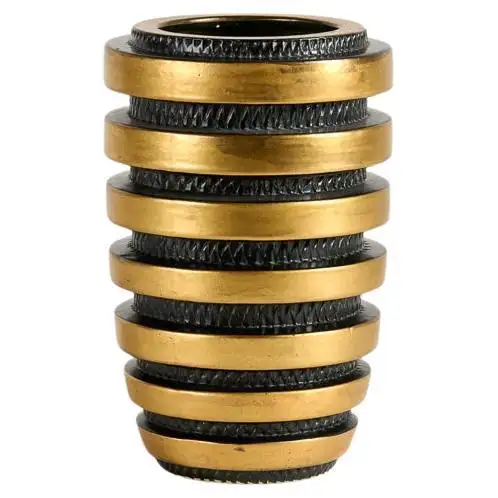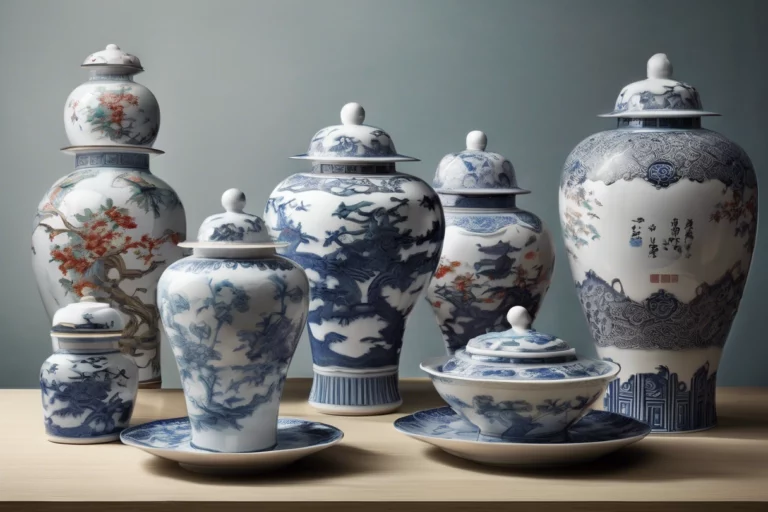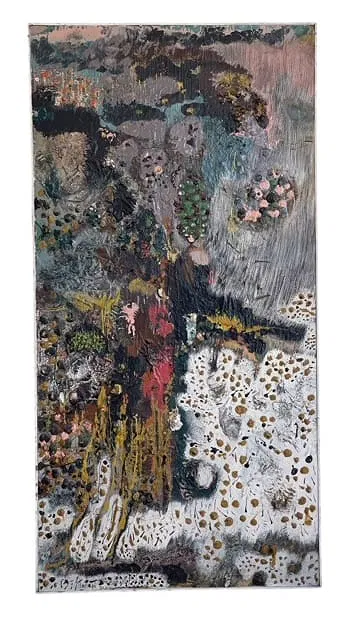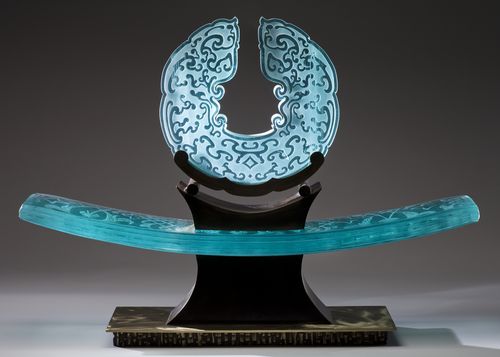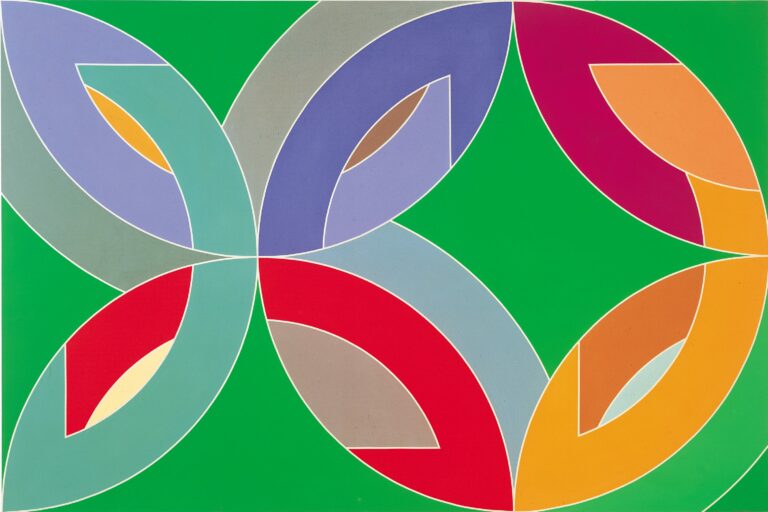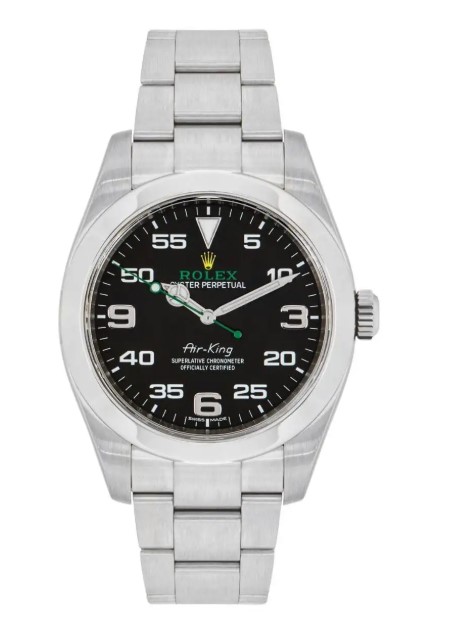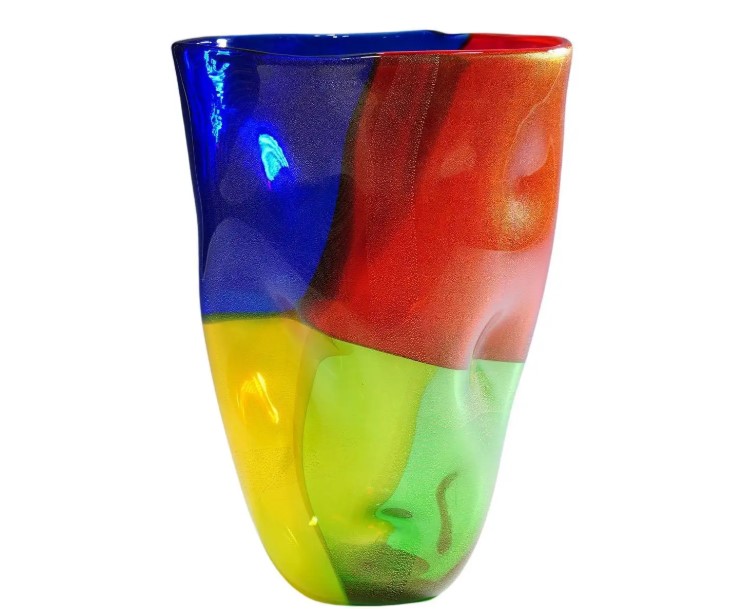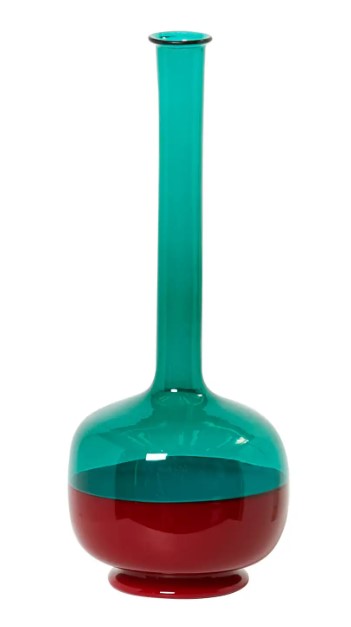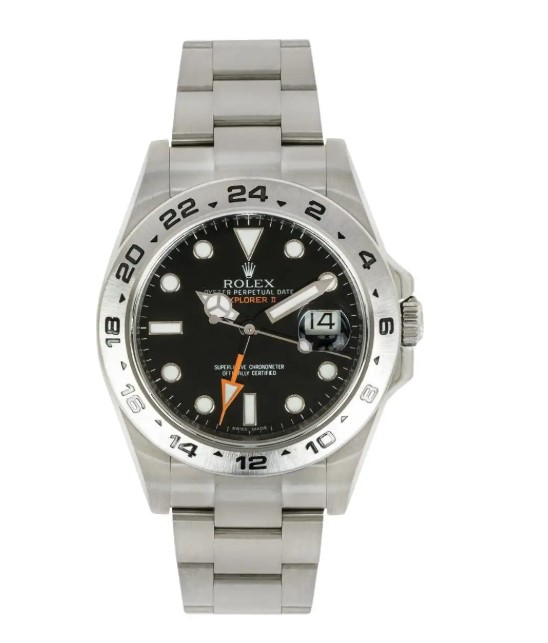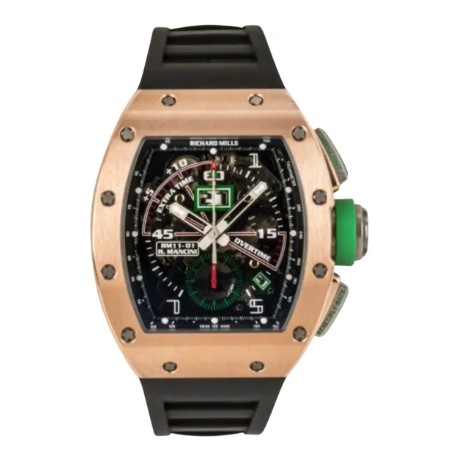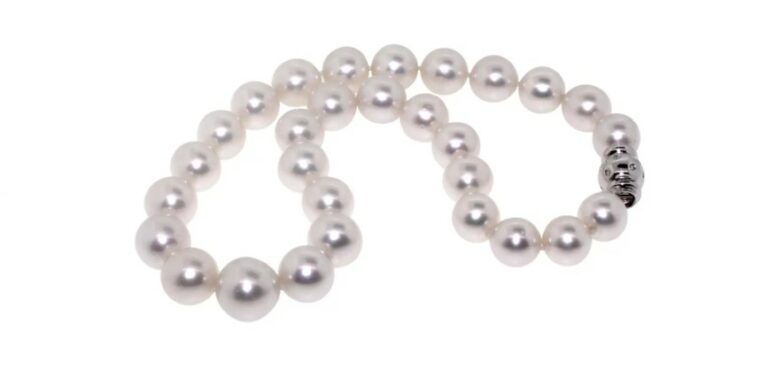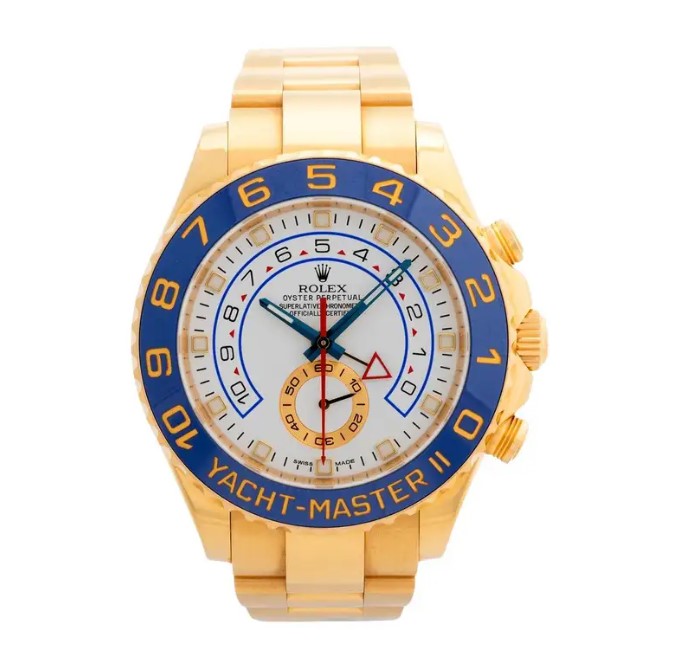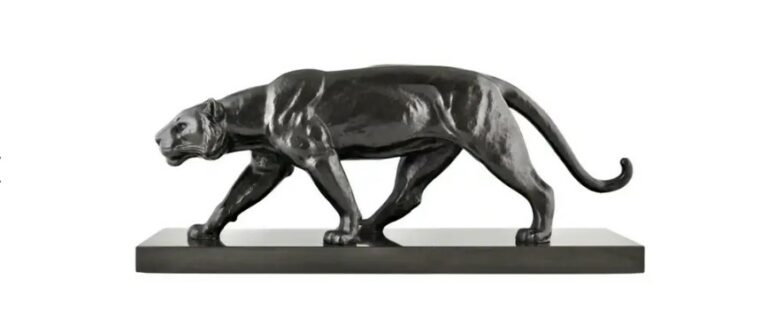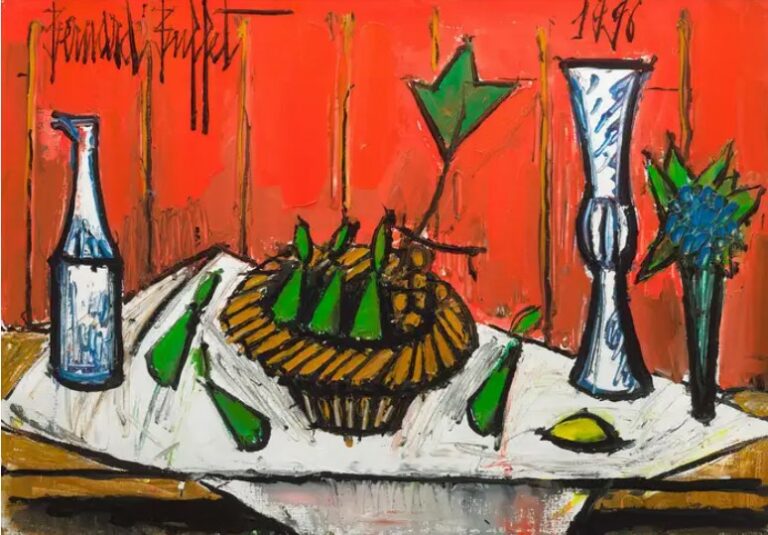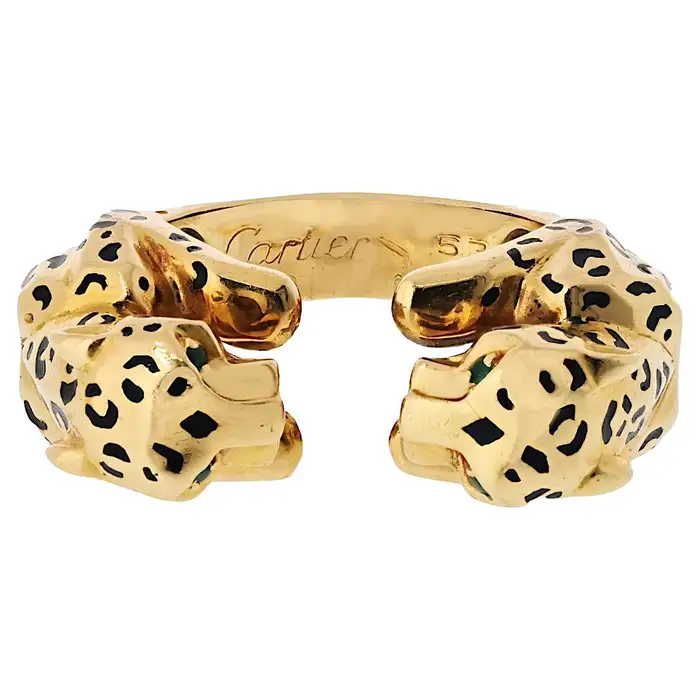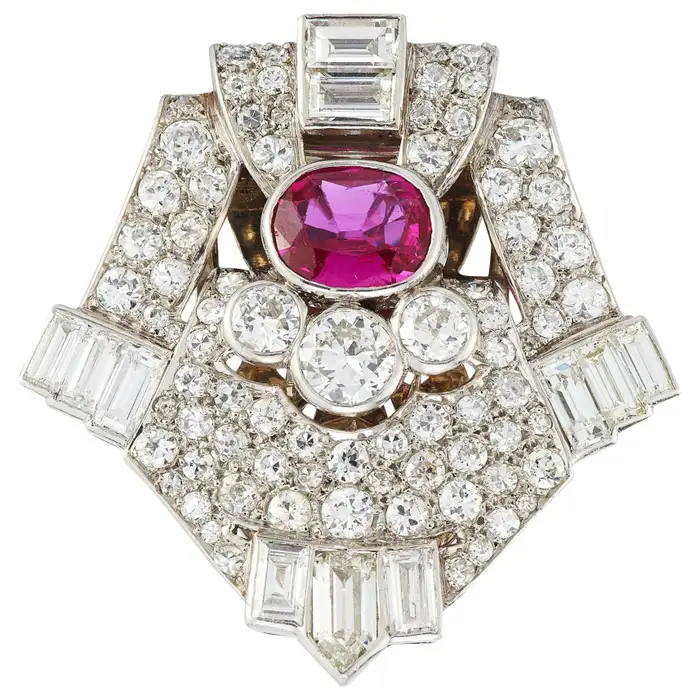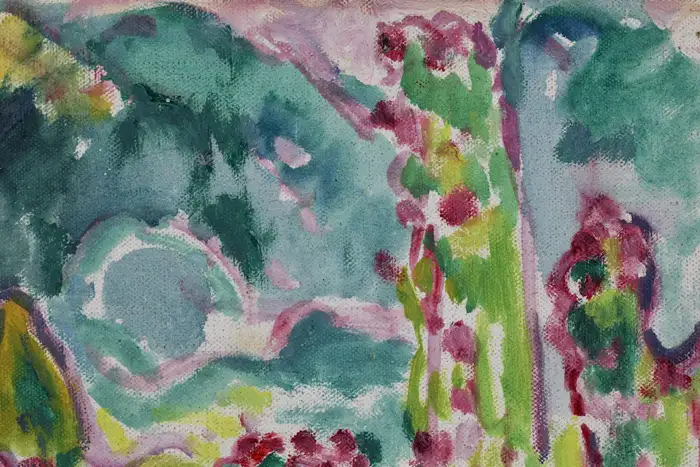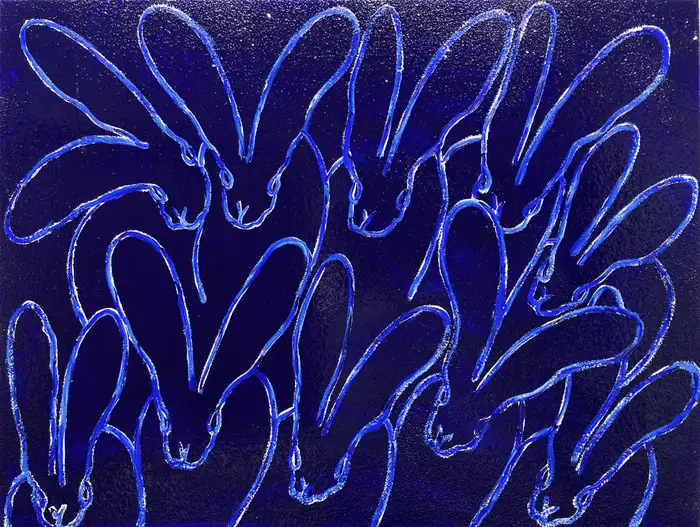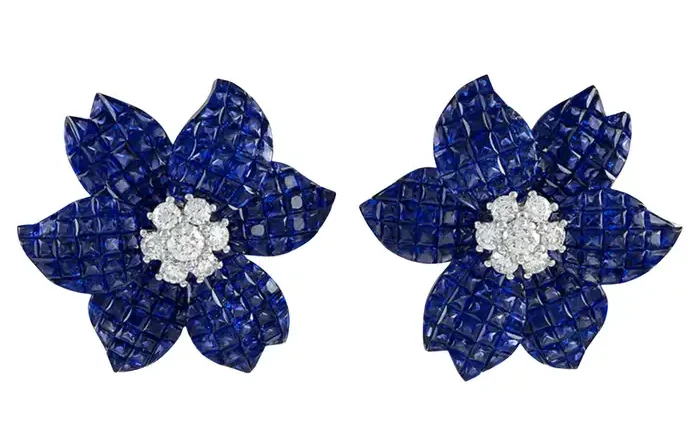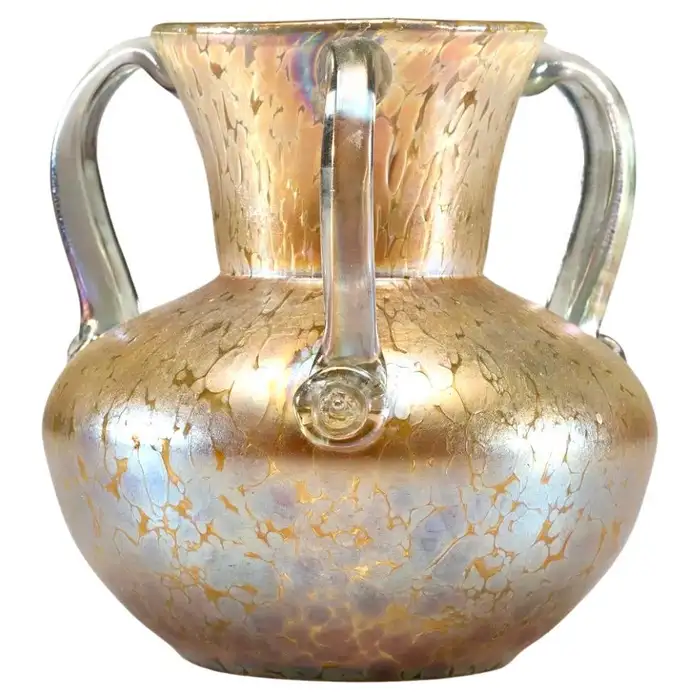Gerhard Richter is a German painter widely recognized as one of the most important artists of the 20th century. He was born in Dresden in 1932 and grew up during World War II. Richter began his career as a painter in the 1960s, working initially in a style that was influenced by American pop art. His work soon evolved, however, and he began to experiment with painting photographs and blurring the lines between representation and abstraction.
Richter is known for his versatility, as he has worked in a wide range of styles and mediums over the course of his career. His paintings often feature richly textured surfaces, with layers of paint that create a sense of depth and complexity. He has also worked with photography, creating large-scale installations that transform everyday images into monumental works of art.
One of Richter’s most important contributions to contemporary art is his deconstruction of the traditional art object. His work challenges the notion of the painting as a static, representational image, instead focusing on the process of creation and the idea of the painting as an evolving entity. This approach has had a significant influence on subsequent generations of artists.
Richter has received numerous awards and honors throughout his career, including the Japan Art Association’s Praemium Imperiale in 1997 and the Golden Lion at the 47th Venice Biennale in 1997. Despite his success, he remains a fiercely independent artist who continues to challenge himself and his audience with his work.

